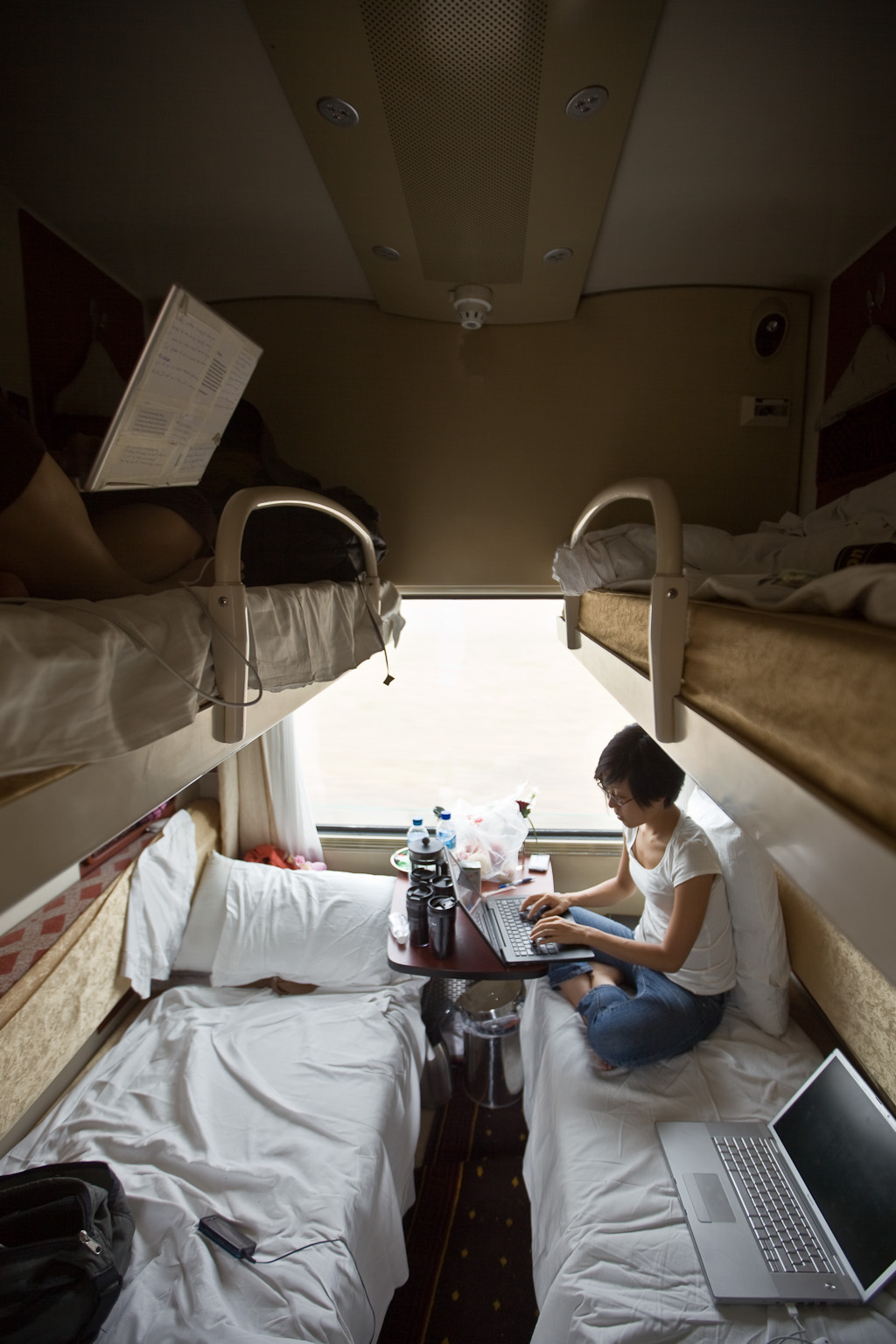Sometimes project goals suggest particularly extensive travel – either driven by the need to have on the ground experience of a broad spectrum of geographies, communities, ethnicities or for example if the study focuses on nomadic lifestyles. At some point someone on the team proposes a ‘road-trip’ with a view to conduct interviews and collecting data on the way. How different can this be to hopping on a plane and spending 10 days working out of a single community?
Plenty as it happens – travel adds an extra layer of exhaustion to an already busy schedule. A road-trip, in the purest sense of the word is a viable research method when the story about how the research is conducted is as important the research findings themselves. For sure the researchers will have their fair share of life-enriching encounters, just don’t expect them to be meaningful in uncovering data that is useful for the study. That aside – every journey is a story, and if well communicated to your desk-bound colleagues and clients the story can be a useful mechanism through which to deliver research findings.
However seen from the perspective of collecting ‘valid’ data road trips favour relatively shallow, ad-hoc encounters and even on the broadest of study topics, question responses can rapidly become repetitive. Whilst on the road – the need to keep a flexible schedule, react to and follow up encounters – make trying to lining up pertinent interviews, home visits and other forms of in-depth data gathering techniques a logistical challenge.
If after all this you still want to conduct a road-trip field study: keep the team small (3 or 4 people) otherwise the project takes on the properties of a tour group; don’t assume that time spent actively travelling is suitable to data analysis – even the smoothest of asphalt makes writing up notes impractical and sleep or motion sickness often beckon. Take plenty of spare batteries as access to a power will likely be intermittent to non-existent and standardising on electrical gear – cameras, laptops, mobile phones makes it easier to pool power between the team. On arrival at the destination time spent writing up notes will be time not spent gathering new data – and as a rule of thumb assume that time spent actively traveling will result in a third to a half drop in productivity compared to time spent in one location.
This is not to say that adding travel to a field study doesn’t have its merits – weaving a relatively short (1-2 day) road/train/boat/camel ride into a longer (2 week) study can help bond the team (often through shared tribulations, exhaustion), provide a mental break from other aspects of the research.
Probably the most research-compatible mode of transport is the long distance train journey: a private 1st class cabin seats and sleeps 4 – and is not as grand or as costly as you might think; is quiet and comfortable enough for meaningful discussions; and it is often possible to jack into a power supply – though you will want to bring an extension cable or two; has limited distractions such as internet access; and includes plenty of middle distance to stare into when – useful for contemplation and reflection. Chinese/Mongolian long distance trains have the added bonus of hot water on demand – perfect for a research crew that runs on caffeine injection and assuming someone remembered to bring a cafetiere and a bag of freshly ground coffee. My preferred train journey [Route map here] departs Shanghai traverses the middle kingdom at a steady 93km passing though Xi’an, Xining and the Tibetan Plateau before arriving in Lhasa a pleasant 48 hours, and over 3000m worth of altitude later. Lhasa is a fine place to decompress between studies.
